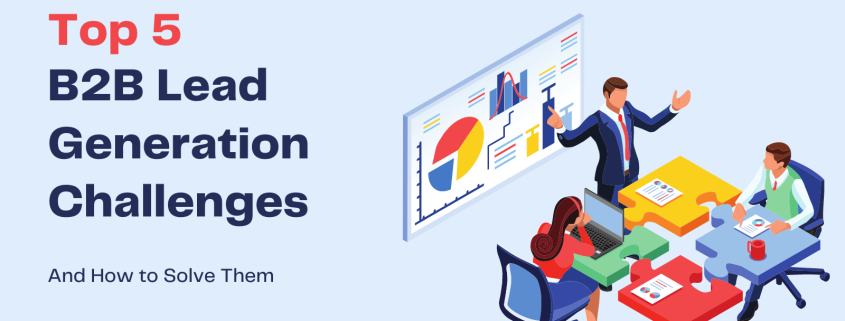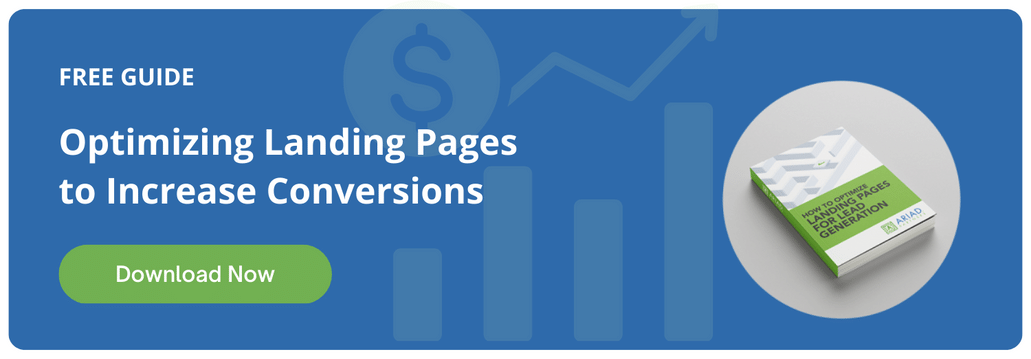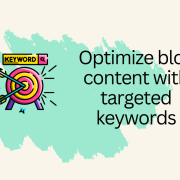Top Five B2B Lead Generation Challenges & How to Solve Them
Finding quality business leads can be a chore, even for the most seasoned professionals. For many, constantly tackling B2B lead generation challenges can make you feel like a hamster running round and round in its wheel. Not only do you need to generate leads, but finding those that are a good fit for your business sometimes results in a battle between marketing and sales. No matter how you generate leads, tracking your return on investment is essential. In this article, we’ll look at the top five B2B lead generation challenges and what you can do to solve them.
Top Five B2B Lead Generation Challenges
1. Generating High-Quality Leads
Generating all the leads in the world means nothing if they are not a good fit for your business. Causing the sales team to waste time targeting the wrong prospects. Before attracting high-quality leads, you need to identify the attributes of your ideal lead. Here are three actions to help you identify your best leads.
- Define your target audience: With the help of your sales and marketing team and customer base, define what a lead is for your business and create buyer personas for each lead type. A buyer persona is a fictional representation of your ideal customer.
- Qualify your leads: Add forms to your website to collect vital information and determine the visitors’ level of interest. When executed correctly, forms can help gauge their level of interest and where they are in the buyer journey.
- Score your leads: Lead scoring is the process of ranking prospective customers based on certain characteristics, allowing you to identify the attributes of your ideal buyer. Each attribute is assigned a numerical score. The higher the score, the better the lead.
2. Identifying the Right Target Audience for More Effective Marketing
The most successful marketing campaigns are geared to a specific target audience. A target audience is a group of consumers characterized by behavior, specific demographics, interests, and buying history. Targeting a specific audience in B2B marketing will help your campaigns reach the decision-makers who have a need for what you offer. Once you determine who your target audience is, you can segment them into groups and overcome this B2B lead generation challenge. In order to determine your target audience, consider the following questions:
- What companies need your product or service? If your company creates widgets for industrial extruders, marketing your product to real estate agencies would be a complete waste of resources.
- Who has decision-making power within your target service area? The entire IT department of a company may benefit from what you have to offer, but it’s unlikely an entry-level technician will be able to approve a purchase.
- What size/age business is most likely to buy? A decision-maker may recognize the need for your product or service, but the size or age of the company may have an impact on their ability to purchase.
- How urgent is their need? If the urgency level is low, the sales process can be lengthy and might not be worth the time investment.
3. Aligning Marketing and Sales Teams
Marketing and sales departments are often at odds in an organization, engaging in finger-pointing and playing the blame game. After all, when marketing and sales teams work together to create the definitions for marketing-qualified leads (MQLs) and sales-qualified leads (SQLs), both parties have a vested interest in the success of each lead. After all, increasing the number of leads but not ensuring quality is a waste of time. To solve this challenge, create a service level agreement (SLA) that outlines the responsibilities of each team and sets clear goals and metrics. It will be much easier to toss aside preconceived notions and prejudices by having your sales and marketing teams work through the following issues:
- What is the definition of a lead?
- What stages does a lead go through?
- Which behaviors hold the most weight?
4. Building Trust and Credibility
B2B purchases often involve significant investments and long-term commitments. Potential customers must trust your business to provide a reliable product or service and follow through with excellent customer service. Therefore, building trust and credibility for your company is crucial to attracting and retaining customers. Establishing your company as a trustworthy partner requires diligence and integrity. Some ways to achieve this goal include providing valuable content and demonstrating industry expertise on your website. Communicate this message in your blog or via email, showcasing achievements, and above all, leverage customer testimonials.
5. Measuring the Success of Campaigns and Optimizing Lead Generation Efforts to Maximize ROI
B2B lead generation is an ongoing process. Measuring the effectiveness of your efforts is essential to make data-driven decisions. However, accurately measuring the success of lead generation campaigns and optimizing them for better results can be challenging without the right tools and processes in place. Automation tools with analytics software like HubSpot’s Predictive Lead Scoring Software can accelerate and streamline the process. It’s not always easy to determine which tactics drive the most revenue. The following actions can help solve this challenge.
- Use a combination of analytics tools and attribution models to track the impact of your marketing efforts.
- Set clear goals and metrics for each campaign
- Improving your ROI requires regularly reviewing your results to identify areas for improvement.
Eliminate B2B Lead Generation Challenges
If you’re interested in learning how to solve your B2B lead generation challenges or want to generate more high-quality leads to fill your sales pipeline – contact us today.
And, if you’re ready to start driving more leads with your landing pages – Grab your free copy of our ebook and learn how to optimize landing pages to convert more of your website visitors into leads!









